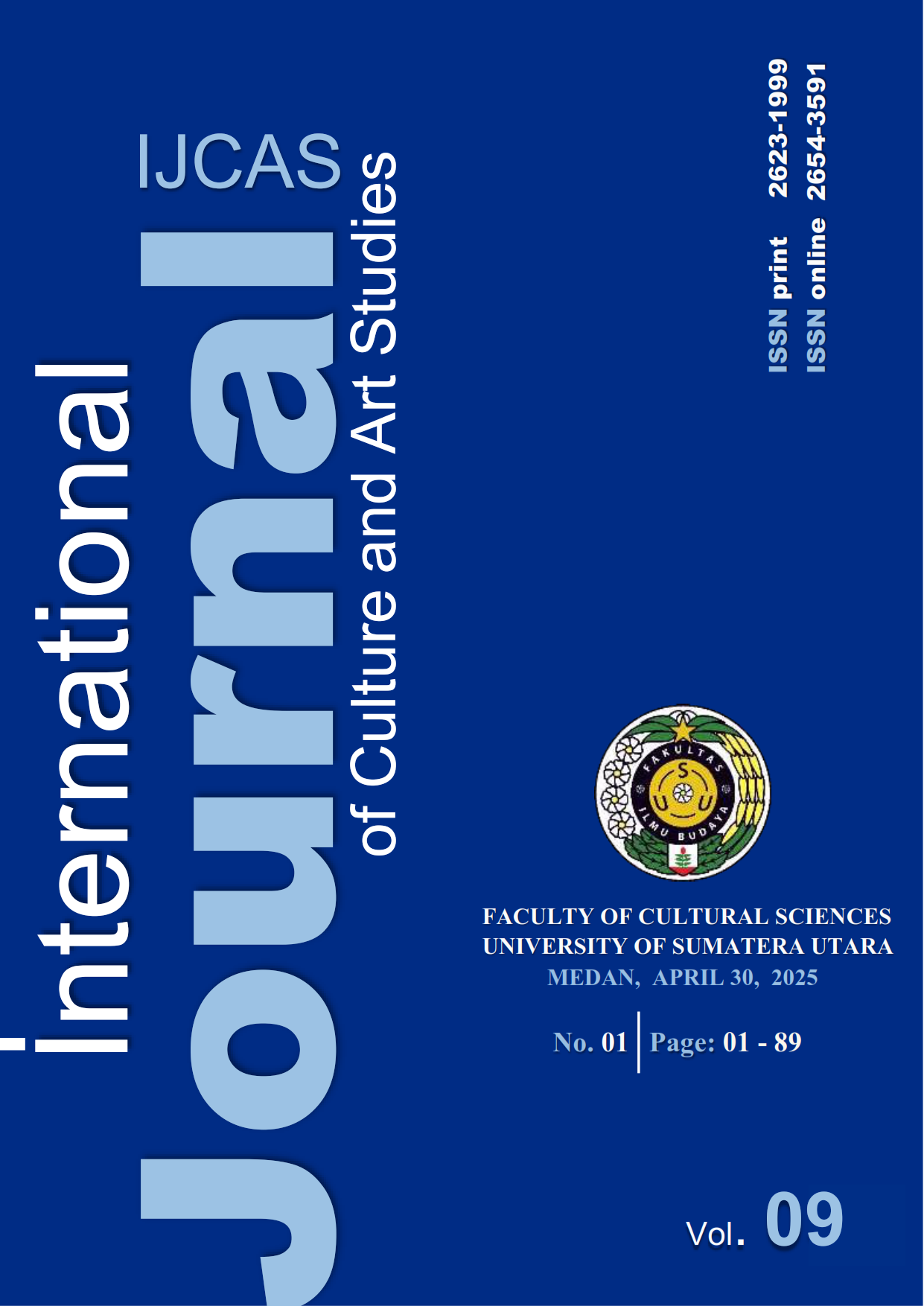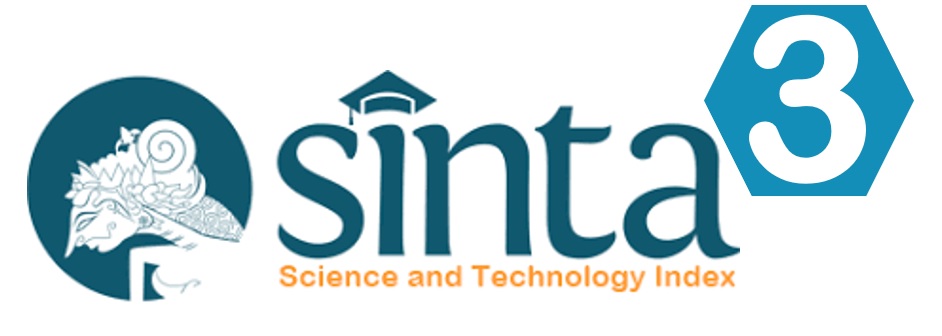An Analysis of Japanese Chouon Pronunciation Among Students of Deli Husada Health Institute
DOI:
https://doi.org/10.32734/ijcas.v9i1.19979Keywords:
Chouon, Japanese language, Praat, Sound analysisAbstract
This study aims to identify which long vowel sounds (chouon) in Japanese can be easily pronounced and which are difficult for the Deli Husada Institute of Health students in Deli Tua. This research method employs voice analysis using the Praat application to evaluate the students' pronunciation. Praat was used to analyze the duration, frequency, and intensity of participants' voices. The Praat application will record, segment, and analyze the students' voices. The data consists of voice recordings from the six participants when pronouncing vocabulary containing chouon sounds. The findings indicate that there are variations in errors in the pronunciation of certain vowels, such as the vowel /u/ in "yuumei," the vowel /e/ in "meishi" and "heiya," and the vowel /o/ in "ooku," among the students of the Deli Husada Institute of Health. Words with long sounds are also rarely pronounced correctly due to a lack of practice. Vocabulary such as "obaasan," "ojiisan," and "sakkaa" is more often pronounced correctly because they are frequently used in daily learning. Participants who allocated more time to study showed a higher degree of pronunciation similarity to native speakers. Overall, the frequency of usage and conversational learning significantly influence pronunciation ability.
Downloads
References
Aminah, S., Wardoyo, S., and Pangastoeti, S. (2018). Pengiriman tenaga perawat dan careworker indonesia ke Jepang dalam kerangka Indonesia - Japan Economic Partnership Agreement (IJ-EPA). Bakti Budaya, 1(1), 92.
Arikunto, S. (2006). Prosedur penelitian: sebuah pendekatan praktik. Rineka Cipta.
Aritonang, Br Nur Rofiah Utari, Aibonotika Arza, dan Budiani, D. (2022). The ability of long vowels (chouon) pronunciation by students of department of Japanese language. JOM FKIP-UR .9, 1–8.
Asnita, N., dan Febriyanti, R. (2021). Kemampuan pemelajar bahasa Jepang dalam melafalkan bunyi nasal /n/ yang diikuti konsonan bilabial /P/. JLA (Jurnal Lingua Applicata), 5(1), 11. Psychological Review, 359–372.
Bogdan, Robert dan Steven, T. (1992). Pengantar metode kualitatif. Usaha Nasional.
Chaer, A. (2003). Linguistik umum. Rineka Cipta, Jakarta.
Firstantin, T. A. R. G. (2019). Analisis kefasihan pembelajar bahasa Korea dalam membaca teks berbahasa Korea. Jla (Jurnal Lingua Applicata), 2(2), 111.
Gilbert, J. (2010). Pronunciation as orphan: what can be done? SpeakOut: The newsletter of the IATEFL pronunciation special interest group 43: 3–7.
Malayu, S.M., Muliadi, Y.A. (2019). The devoicing intensity of vowels [i] and [iii] in Japanese language. International Journal of Culture and Art Studies (IJCAS). 2(1). 01-19.
Mutiawanthi, M. (2018). Tantangan “role”/ peran yang dihadapi oleh mantan perawat IJI-EPA setelah kembali ke Indonesia. Jurnal Al-Azhar Indonesia Seri Humaniora, 4(2), 104.
Najoan, F. R. (2019). Pola Lafal Bunyi Khusus Bahasa Jepang pada Tuturan Pembelajar Bahasa Jepang di Indonesia. Journal of Japanese Language Education and Linguistics, 3(2), 129–146. https://doi.org/10.18196/jjlel.3227
Najoan, F. R. (2021). The perceptual ability to identify Japanese language accent patterns by Indonesian learners. JAPANEDU: Jurnal Pendidikan Dan Pengajaran Bahasa Jepang, 6(2), 144–152. https://doi.org/10.17509/japanedu.v6i2.34179
Rijal, S. (2015). Pengaruh pola berbahasa orangtua anak jalanan di kota Makassar: Analisis sosio-pragmatik. Tutur, 1, 19–25.
Sibarani, R. (2014). Kearifan lokal hakikat, peran, dan metode tradisi lisan. Asosiasi Tradisi Lisan (ATL).
Wikarti, R.A., Renata. E., Moira, S., (2019). Contrastive analysis between Chinese and Indonesian phonology and implementation on conversation class. International Journal of Culture and Art Studies (IJCAS).3 (1). 01-14.
Yamazaki, M.(2002). Longman ooyougengogaku yougo jiten (1st Ed.). Nanundoo, Jepang.
Downloads
Published
How to Cite
Issue
Section
License
Copyright (c) 2025 Dila Fitria, Dardanila, Tasnim Lubis

This work is licensed under a Creative Commons Attribution-ShareAlike 4.0 International License.













